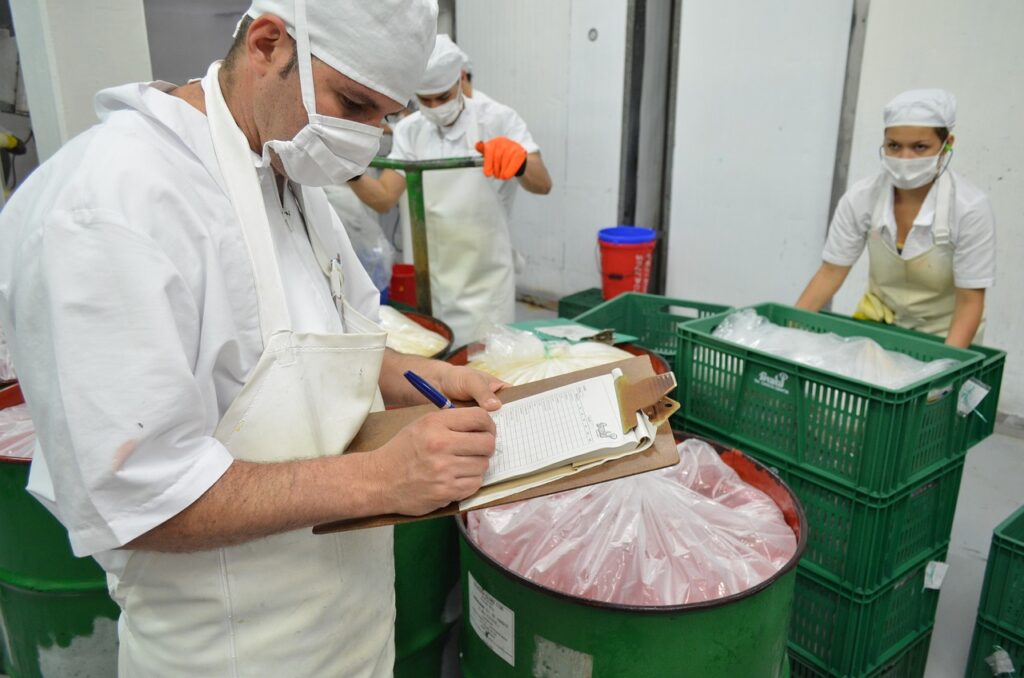Food has a long journey from the time it is produced until it reaches the final consumer's table. They must go through different processes and people, including for example: cultivation, transportation, manufacturing, packaging, storage, distribution and sale or preparation. And hygiene is fundamental in each of these processes.
On a daily basis, humans are exposed to countless bacteria, parasites and viruses from which we have to protect ourselves. To ensure the health and well-being of consumers, it is important that all workers in the food industry know and follow Good Food Handling Practices.
Good practices
The good practices of food hygiene and handling are the processes, which guarantee safety for human consumption, including the prevention of contamination, preventing people from contracting any disease. They include several aspects, ranging from the personal hygiene of those who are in contact with food, to each of the processes and conditions of food before it is digested.
The following practices are some of the most important to consider:
- Wash hands thoroughly before starting work, and whenever necessary. Likewise, food handlers should keep their fingernails short, unpainted and free of dirt or debris.
- Maintain with adequate temperature control. It is important to have the ideal temperature for the proper preservation of each type of food and to ensure compliance with the cold chain.
- Use of an eye mask whenever near food. Never talk, cough or sneeze over food.
- Cleaning and disinfection of equipment. It is vital to ensure disinfection of food production equipment and spaces. This includes implementing anti-corrosion strategies on metal machinery.
- Wear your hair tied back and wear a cap that completely covers your head to prevent any strands from falling into the food. It is also advisable to avoid wearing a beard or mustache.
- Avoid wearing jewelry that accumulates bacteria, viruses and other germs that can contaminate food and promote the spread of disease.
- Verification of food expiration dates. This is very relevant when determining how and for how long food will be stored.



